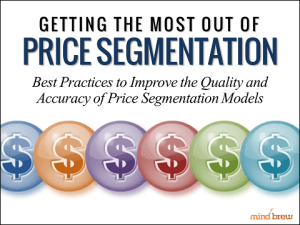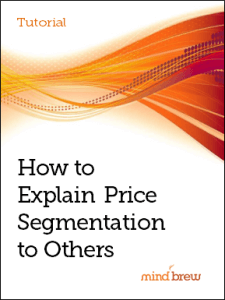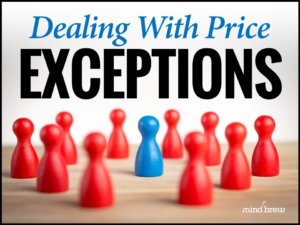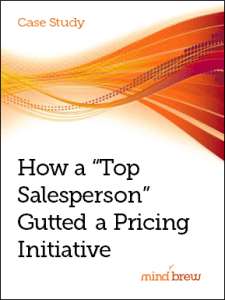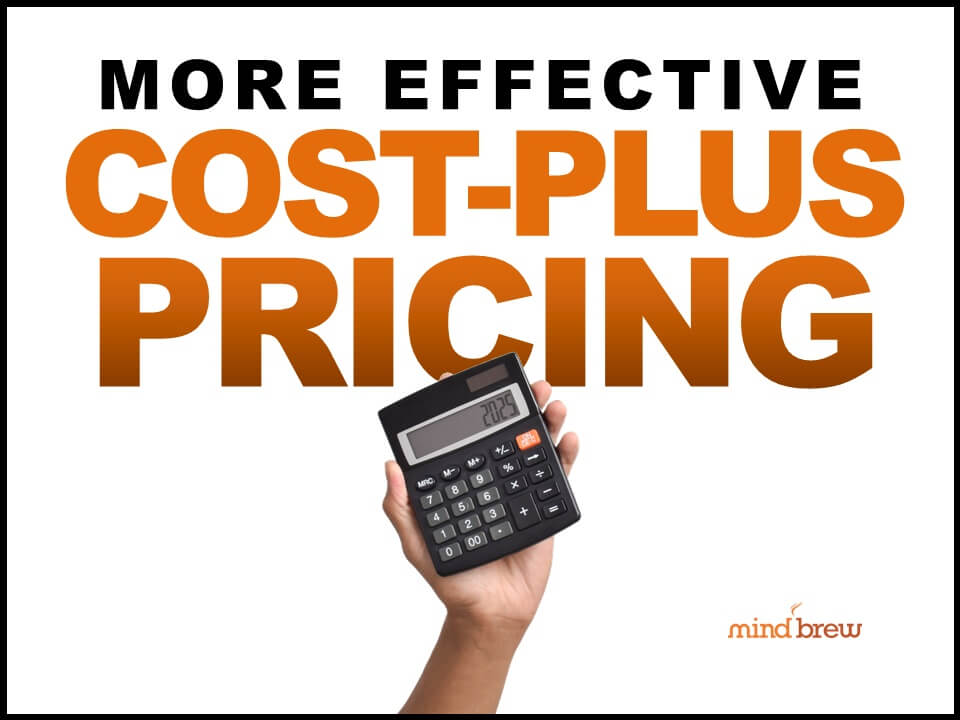How many pricing meetings do you have on your calendar right now?
You know, those joyous occasions when 25 people get together to study the monster spreadsheet with all of the latest costs and screen-scraped competitor prices and spend the next few hours trying to hash out the next round of prices?
And after each of those meetings, how many emails will fly back and forth second-guessing the decisions that were made, offering even more opinions, and highlighting a bunch of other things that need to be considered?
Ever wonder why you have so many of these types of meetings and interactions just to arrive at a set of prices to put into the marketplace?
Per Sjofors, the CEO of Atenga, may have put his finger on the root cause…
In an interview for the Journal, Per and I were discussing how and why European companies tend to have more sophisticated pricing capabilities than US companies. Along the way, Per shared an interesting and important difference that he’s observed, working with companies on both sides of the pond.
It’s a generalization, but according to Per, US companies spend an inordinate amount of time in meetings, discussing and debating pricing levels, because they usually have they no idea what their customers are really willing to pay, or how they’ll respond to different prices.
European companies, on the other hand, are far more diligent about doing the research and analysis to obtain these critical pieces of information. And as a result, they’re able to set better prices with much less internal hand-wringing, second-guessing, and opinion-driven debate.
So think about that the next time you have to spend an hour…or ten…debating where you should set your prices.
Imagine how differently those meetings might go if you actually knew what customers in different segments were willing to pay. Imagine how different the discussions might be if you knew, in advance, how customers in different segments would actually respond to different price levels.
What if those pieces of information you’re currently lacking could turn 10 hours of pricing meetings into 10 minutes of pricing meetings? You could use all that extra time to focus on the other 100 things on your to-do list. Or play fantasy football 🙂

